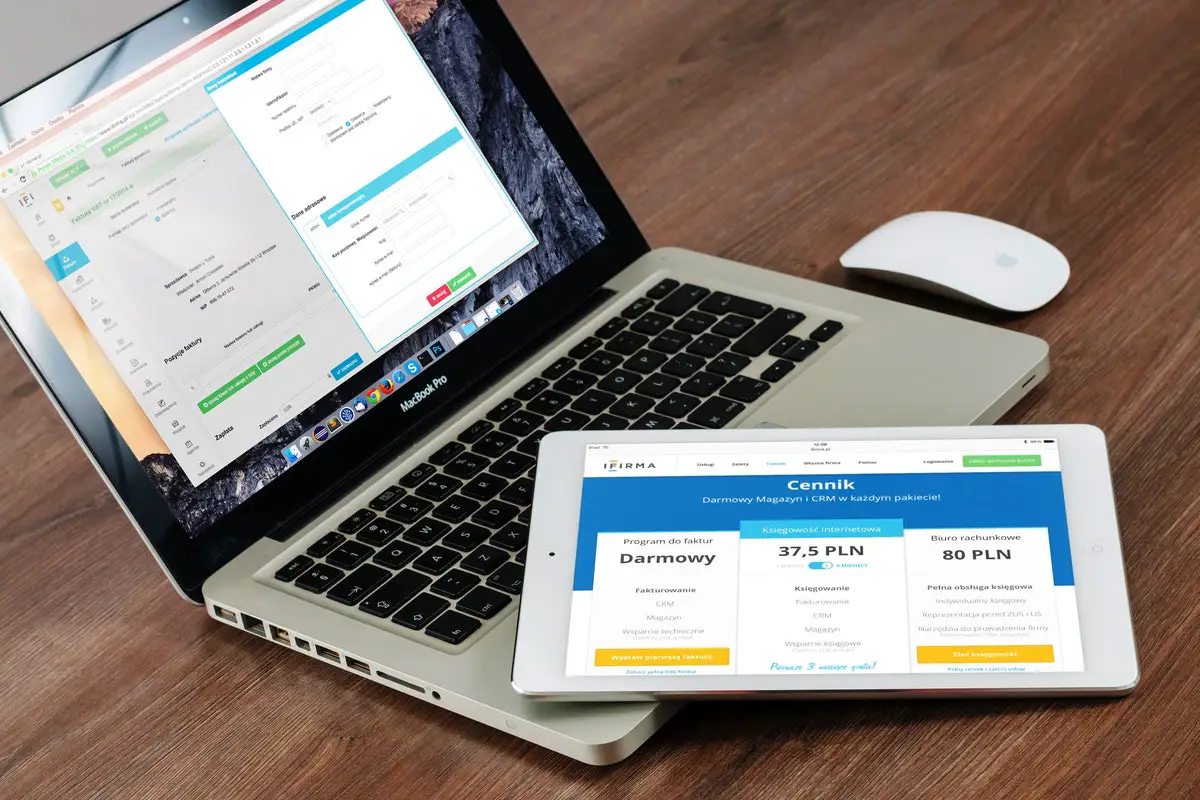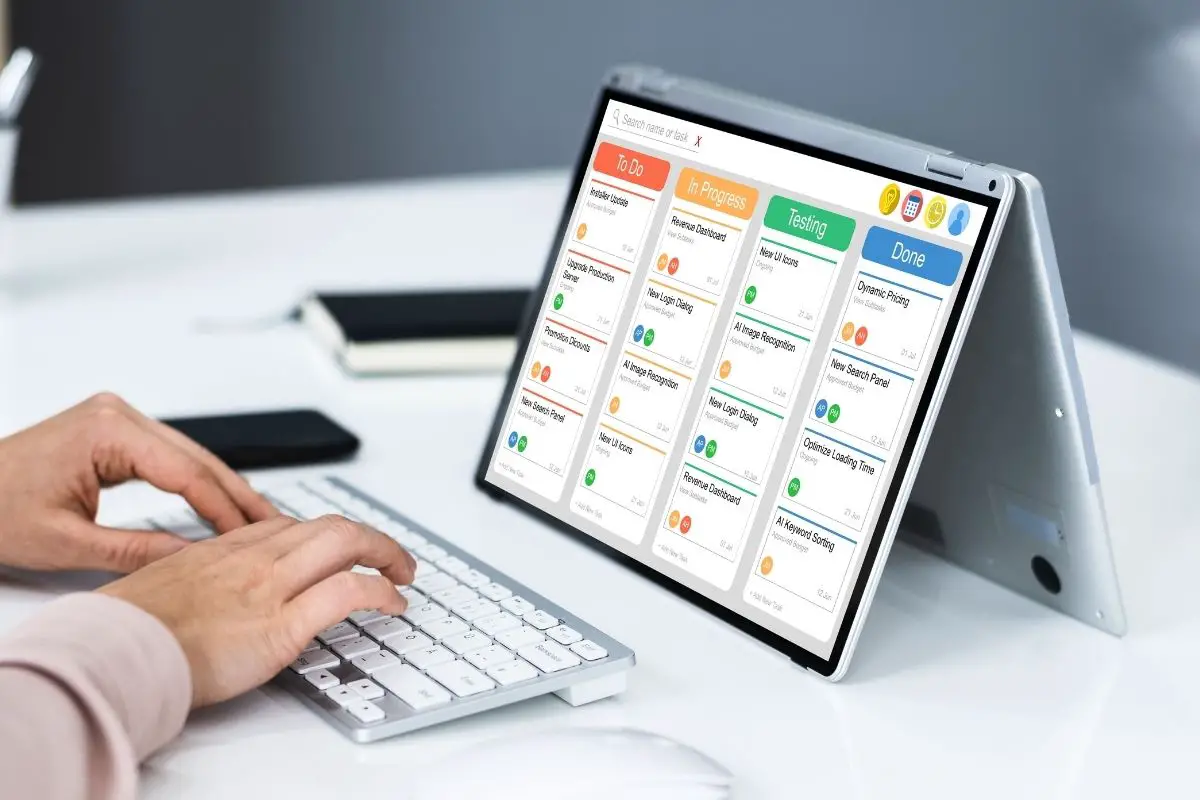HubSpot and Salesforce are both examples of CRM (Customer Relationship Management) technology, and both are popular with businesses around the world.

However, just because these two software programs fall into the same broad category doesn’t mean they do exactly the same thing. In fact, the best way to determine whether Salesforce or HubSpot would be best for your business is by considering what you need CRM software for.
In this guide, we’ll be comparing some of the key features offered by both
HubSpot Vs. Salesforce Features
The best place to start when comparing any two products is the features they have to offer. While
Sales
In terms of sales features,
The reason
Service
Although
The main service feature where Salesforce has the edge is customer support, which could also be considered part of its sales features.
The reason Salesforce is such a good choice for customer support is because these features are embedded in the hub, which is not the case for
With that being said, there’s no customer feedback option available with Salesforce, which is something the software could improve on in the future.
Marketing
Marketing features are an integral part of any CRM, and in this case,
HubSpot offers a lot more marketing content and channels, whereas the options available through Salesforce are fairly basic.
Integrations
There’s not much to choose from between Salesforce and
If your main priority is integrating with other platforms, you’re going to have a tough time choosing between
Through both Salesforce and
Analytics
Every business needs to be able to rely on accurate reports and analytics to make sure the business is performing as it should. If you want the best possible reports and analytics functions in your CRM, you should choose Salesforce.
Salesforce has a built-in analytics and reporting system that you can customize to meet your business needs. There’s also a Tableau that you can add on for more information about customer-business interactions.
This is really helpful if you’re looking for ways to improve your business model and boost your sales.
HubSpot has some decent analytics and reporting features, too. In fact, many of them are similar to those offered by Salesforce.
The main difference is that you can only view your revenue data on the basic plan and will need to upgrade your plan in order to see more in-depth reports and predictions.
The User Experience
CRM software should always be easy to use since its purpose is to make your business operations easier. Therefore, we couldn’t thoroughly compare
Interface
The user interface of any CRM platform is essential because it determines how easy and enjoyable the software is to use. In this category,
We mentioned earlier how Salesforce has a large catalog of features, and while this is a benefit in some senses, it definitely makes Salesforce’s interface more complicated and cluttered.
On the other hand, when you start using
This is a huge benefit for those who don’t have a lot or any experience with CRM software because you don’t need a lot of time to familiarize yourself.
A fun fact about how easy
One of our favorite things about
You can see information such as where your contact is employed and all the interactions you’ve had with them including sales and communication.
Training
Following on from talking about
HubSpot’s onboarding is excellent because it provides a simple demo including practical tips for getting the most out of the platform.
Salesforce users will definitely get the hang of using the platform eventually, but it usually takes a bit of extra guidance at the start. Luckily, the customer support features will help with this, but the training seminars are very expensive at an average cost of about $4,500.
Customer Support
We’ve touched on customer support a few times over the course of this review, but it’s worth making it a section of its own because it’s such an important aspect of CRM.
Salesforce really comes into its own in customer support, with a lot of tutorial videos available through the platform to guide you through queries and issues.
There’s also a sizable community of Salesforce users that you can reach through the platform, so it’s easy to get support and guidance quickly.
Neither
HubSpot doesn’t provide 24/7 live assistance on any plans, which is a significant downside of the platform compared to Salesforce.
Comparing Prices
HubSpot has a free plan, which is something Salesforce doesn’t have. However,
HubSpot’s most expensive Marketing Hub plan is $3,200 monthly, and the Sales Hub’s most expensive is $120. Meanwhile, Salesforce’s Advanced Marketing plan is $15,000 monthly.
Final Thoughts
HubSpot’s user interface is easier to work with than that offered by Salesforce, and its plans are less expensive overall. It also has the edge with Sales features.
However, Salesforce is better for customer support, analytics, and Service features. HubSpot’s plans are less expensive overall, but both platforms can get expensive depending on your intended use.








